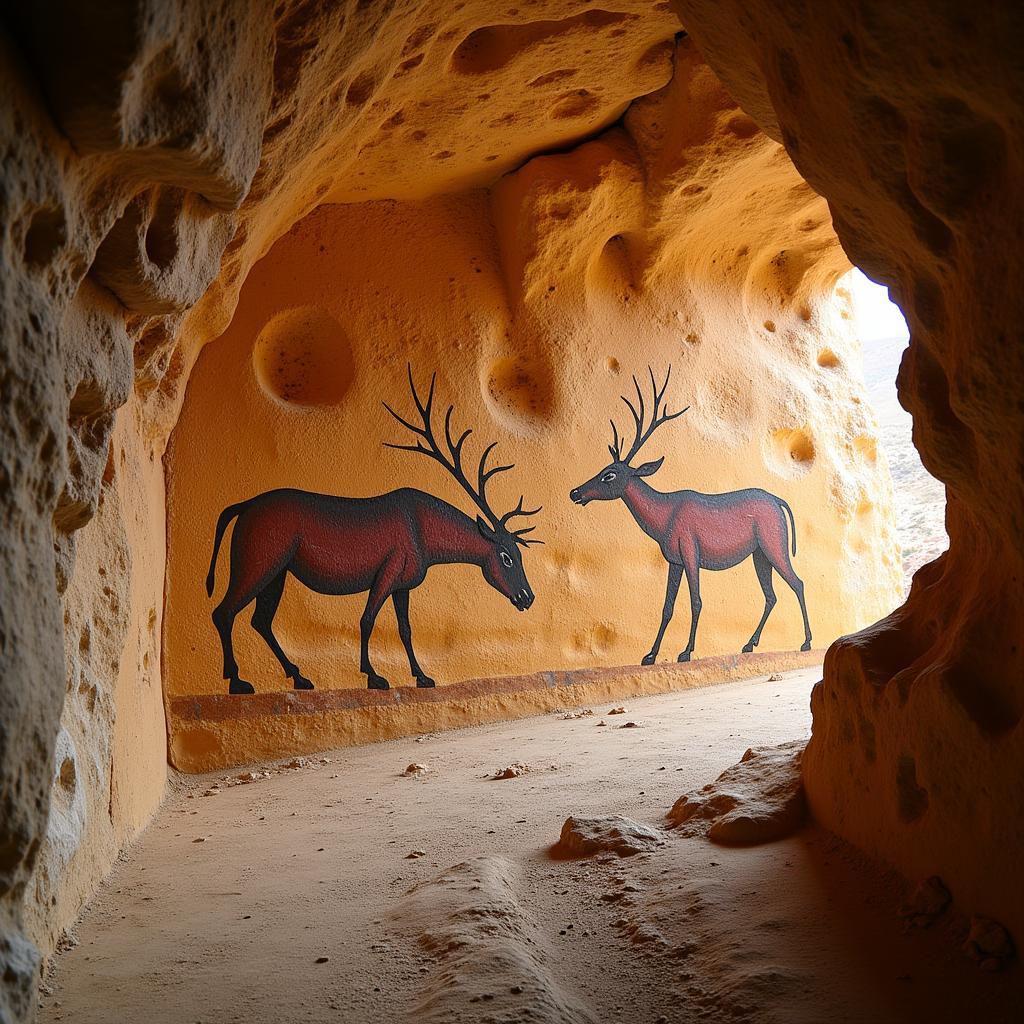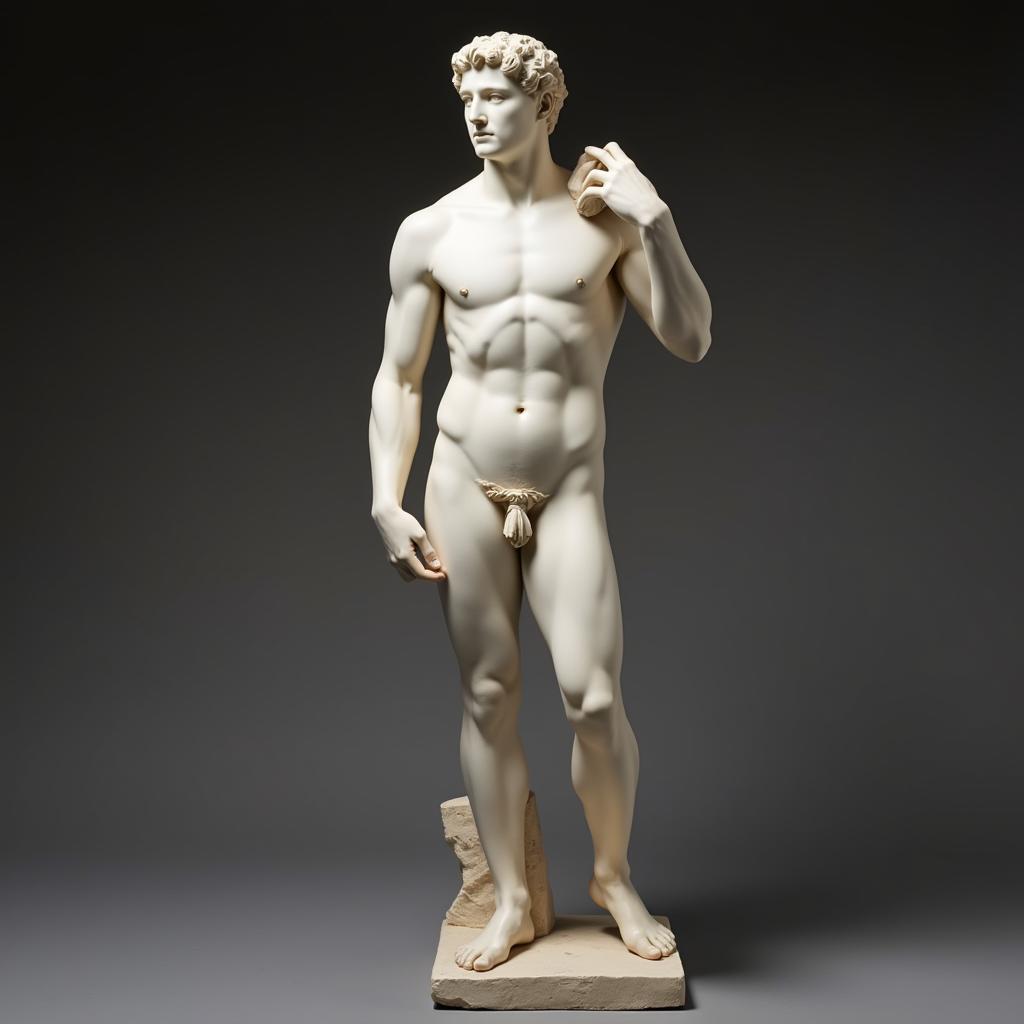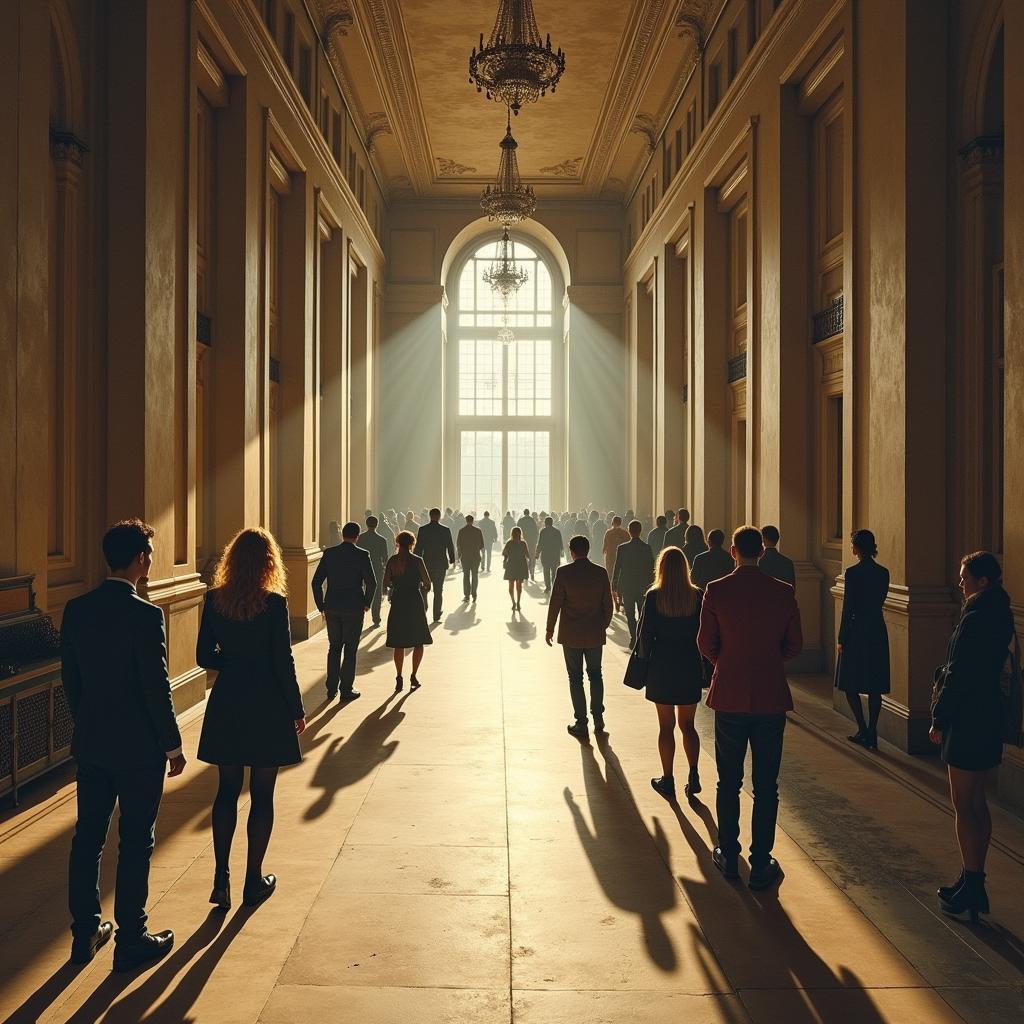Turning Points in Art History: Moments That Changed the Game
The history of art is filled with incredible evolution and revolution. Certain periods, movements, and even individual artists have acted as Turning Points In Art History, dramatically shifting the way we perceive and create. These moments go beyond mere shifts in style; they represent fundamental changes in philosophy, technology, and the role of art in society.
The Dawn of Creativity: Prehistoric Art and Its Enduring Impact
It’s impossible to discuss turning points in art history without acknowledging the groundbreaking contributions of prehistoric artists. While often overlooked, cave paintings, like those found in Lascaux, France, offer a glimpse into the very origins of human creative expression. These early works, dating back over 40,000 years, demonstrate an innate desire to record, communicate, and perhaps even influence the world through visual language.
 Prehistoric Cave Painting
Prehistoric Cave Painting
Though rudimentary in comparison to later artistic developments, these early expressions laid the groundwork for the future. They mark the beginning of art’s journey, a testament to humanity’s enduring need to create.
The Classical Shift: Ancient Greece and the Ideal Form
Fast forward millennia, and we arrive at another pivotal turning point: the rise of Classical Greek art. Breaking away from the stylized forms of earlier civilizations, Greek artists sought to capture the essence of perfection and beauty through meticulously observed representations of the human form. This period gave rise to iconic sculptures like the Venus de Milo and the Laocoon and His Sons, works that celebrated idealized beauty, balance, and harmony.
 Classical Greek Sculpture
Classical Greek Sculpture
The influence of Classical Greek art reverberated for centuries, shaping artistic traditions throughout the Roman Empire and beyond. Even today, the echoes of this era can be felt in our admiration for symmetry, balance, and the pursuit of aesthetic ideals.
Breaking with Tradition: The Renaissance and the Birth of Perspective
After the Middle Ages, which saw a focus on religious themes and symbolic representation, the Renaissance emerged as a period of radical change. Artists, fueled by humanist ideals and a rediscovery of Classical art and learning, broke free from medieval constraints, ushering in a new era of artistic innovation.
Perhaps the most significant turning point of the Renaissance was the development of linear perspective. This revolutionary technique, pioneered by artists like Filippo Brunelleschi and later perfected by masters like Leonardo da Vinci, allowed for the creation of realistic, three-dimensional space on a two-dimensional surface.
 Renaissance Painting with Perspective
Renaissance Painting with Perspective
This groundbreaking innovation transformed painting, offering artists a powerful tool to depict the world with unprecedented accuracy and ushering in a new era of artistic realism.
Beyond the Canvas: Modern Art and the Expansion of Artistic Boundaries
The late 19th and early 20th centuries witnessed an explosion of artistic movements that challenged the very definition of art. From Impressionism’s focus on light and subjective experience to Cubism’s fracturing of form and perspective, modern art shattered traditional notions of representation and paved the way for a century of artistic experimentation.
Artists like Claude Monet, Pablo Picasso, and Vincent van Gogh pushed boundaries, exploring new ways of seeing and experiencing the world. Their work, often met with initial resistance, forced audiences to confront their own preconceptions about art and its purpose.
This period challenged the idea of art as solely about technical skill or realistic depiction. Instead, it emphasized the importance of individual expression, emotional impact, and the exploration of new ideas and perspectives.
The Digital Revolution: Technology Reshapes the Artistic Landscape
Today, we stand at the precipice of another monumental turning point: the digital revolution. Technology has permeated every aspect of our lives, and art is no exception. The advent of digital tools and platforms has democratized artmaking, providing artists with unprecedented creative possibilities.
Digital art encompasses a vast spectrum of practices, from digital painting and photography to virtual reality experiences and generative art. This new landscape is constantly evolving, blurring the lines between traditional artistic mediums and embracing the limitless potential of technology.
This fusion of art and technology challenges us to reconsider the very nature of creativity and its expression in the digital age. It’s an exciting time to be an artist, as we witness the continued evolution of art history unfolding before our eyes.
A Legacy of Innovation: Turning Points Shape the Future of Art
These turning points, from the cave paintings of our ancestors to the digital canvases of today, illustrate the ever-evolving nature of art. Each moment of rupture and reinvention has expanded our understanding of what art can be, how it functions within society, and its power to challenge, inspire, and transform.
jesus art paintings, for instance, reflect how religious themes have been interpreted and reinterpreted throughout art history, often serving as catalysts for stylistic and conceptual shifts. Similarly, the evolution of portraiture, from the rigid formality of ancient Egypt to the psychological depth explored in later centuries, reveals much about changing societal values and our understanding of the individual.
As we move forward, embracing new technologies and grappling with a rapidly changing world, it’s certain that art will continue to adapt and evolve. New turning points will undoubtedly emerge, challenging our perceptions and pushing the boundaries of creative expression. It’s a thrilling prospect, and one that promises to enrich and inspire generations to come.



